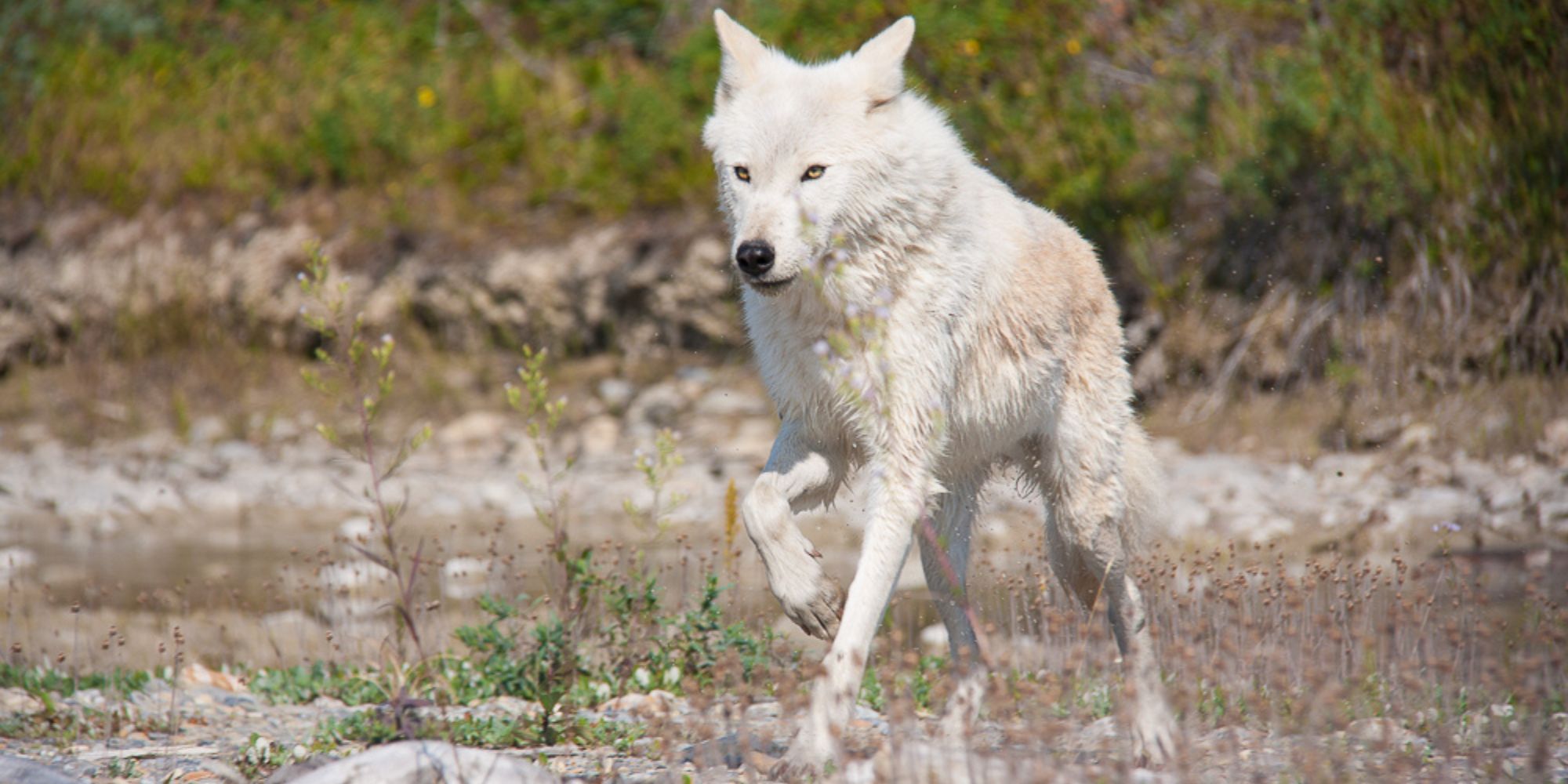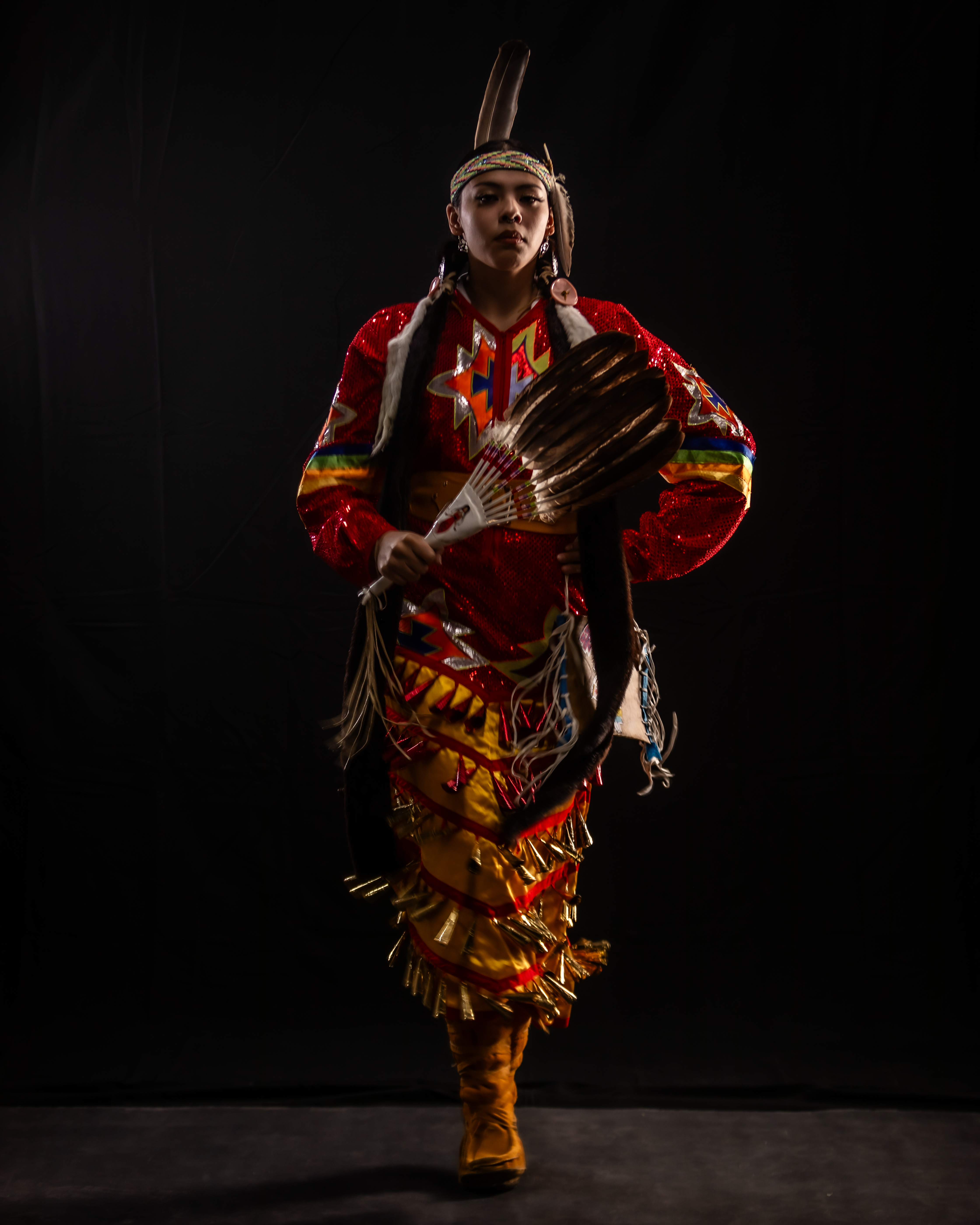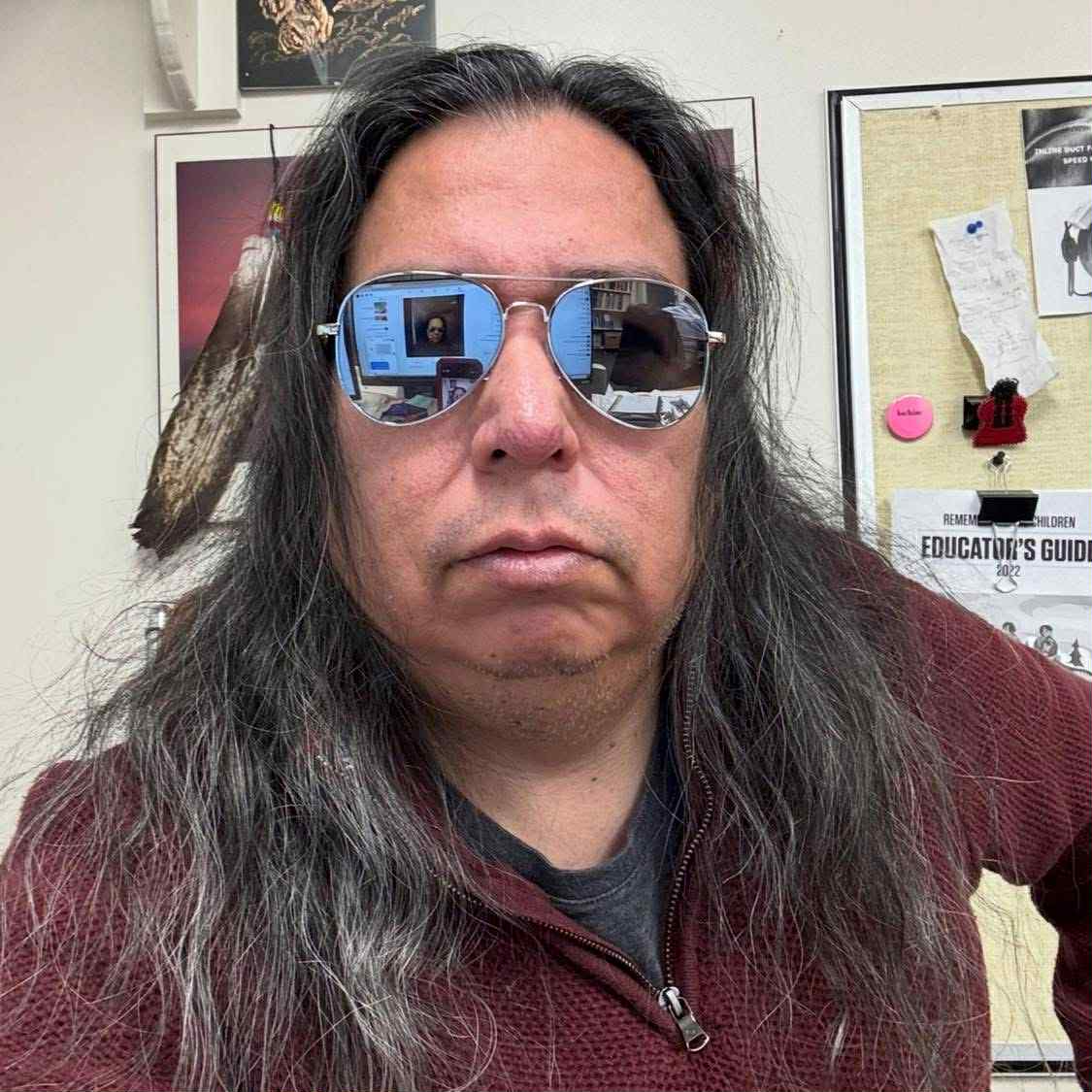
Alumni Business Owner Profile
Rooted in Love: Bill Stevenson BHJ’09, MCert‘20
When he talks about his years at the University of Regina, Bill Stevenson, BHJ’09, MCert Public Management’19, explains that his education journey wasn’t linear. “Each step gave me tools to think critically, engage communities, and stay grounded in my values as an Indigenous person.”
His university experience gave him permission to imagine better answers and helped him believe that change isn’t just possible, it’s our responsibility.
Influenced by Dr. Nick Jones of the Department of Justice Studies' Human Justice (HJ) program, Stevenson’s understanding of the impact of justice systems on underprivileged groups expanded his worldview both personally and professionally. For example, classes in restorative justice reframed how he saw conflict. “Not just as something to avoid,” he says. “But as a space for growth and healing”.
Leadership and Advocacy
Stevenson's world view was influenced by his studies in Human Justice, through which he focused on systems of harm and healing, and advocacy and accountability. Human Justice encouraged critical thinking, and professors were not afraid of tough conversations about colonialism, justice, and systemic failures, driving Stevenson to speak up and become a learner and a leader.
As a young community worker at the Paul Dojack Youth Centre, Stevenson watched many Indigenous youth disappear into the justice system and decided to become an advocate for them.
“As an Indigenous person working in youth corrections, my Human Justice degree gave me the language and structure to challenge oppressive systems while supporting meaningful rehabilitation,” he says. “I’ve used my degree every day in my work with youth, with colleagues, and now in my leadership and advocacy roles.”
Stevenson spent five years working with incarcerated youth and pushed for more opportunities to connect his young clients with Elders, language keepers, and cultural teachers, allowing them to explore their identities and culture.
“It wasn't just education that was going to help [the youth] succeed. Rounding out their identity as valuable Indigenous youth would impact their very character,” he says. “We lit smudges, held drum circles, brought in speakers, teachers and artists, and simply created space to be Indigenous without judgment. Youth often reflected on how their experience helped them to enjoy each other’s company. Suddenly, TV or videogames were not the only source of fun—roasting s'mores around a fire, talking about new cooking skills, and how simply having fun with friends without drugs or alcohol became its own excitement.”

Engaging through Volunteerism
Stevenson believes in engaging youth through volunteerism. “Volunteer experience allows young people to see themselves differently,” he explains. “When youth get involved in community events — whether it’s helping set up a powwow, supporting an Elders gathering, or even just running sound at an art show — they build confidence, skills, and relationships. It opens doors that school or jobs alone often can’t.”
After years of working in the justice system and finding his own voice, Stevenson returned to the U of R, this time for a public management master’s certification. “I wanted to understand the inner workings of government and non-profits — to speak the language of systems, not just critique them,” he says. “The Public Management program at the Johnson Shoyama Graduate School of Public Policy gave me the insight into how decisions are made, how budgets are built, and how policies are shaped.”
Between studying human justice, working with youth corrections, and learning about public management, Stevenson started a photography business. It started as a small operation, shooting families and local events, and grew into a full brand. Bill Stevenson Photography has expanded to offer photobooths, and 360 video booths, with a specialization in Indigenous cultural events and powwows. He also offers photography classes, lighting workshops, and special services for students. He’s looking forward to publishing a photo book, building Indigenous stock image libraries, and telling more stories through his writing “With everything rooted in love for our people, our land, and our stories,” he says.


